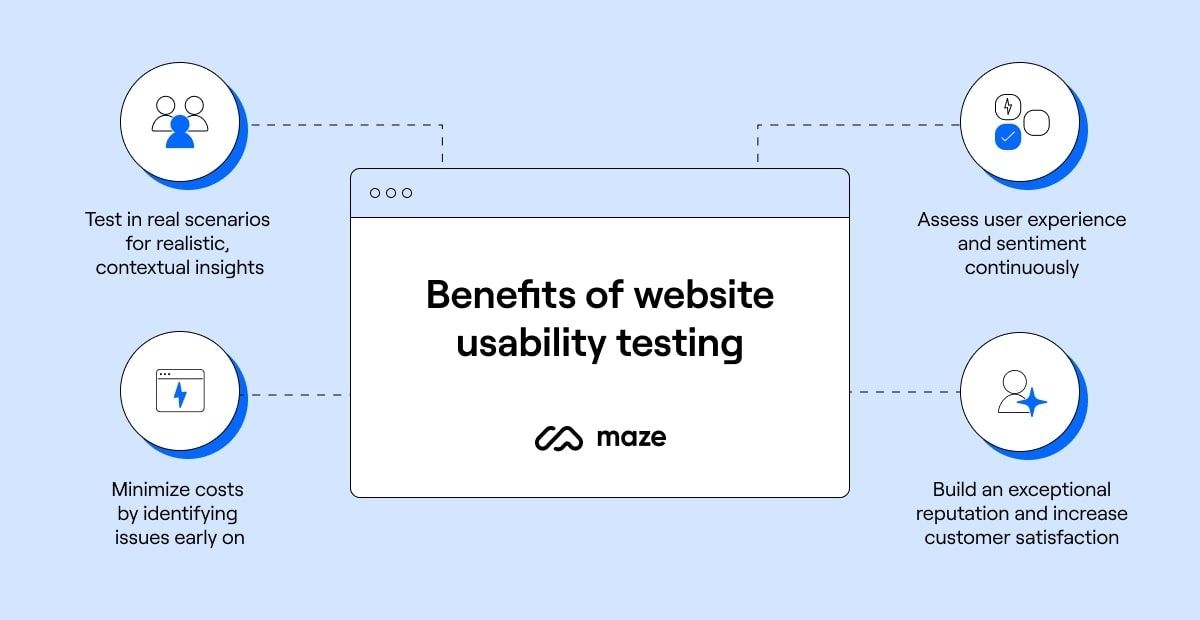When it comes to designing a website, the user experience (UX) and user interface (UI) play a crucial role in determining its success. A well-designed website can attract more visitors, keep them engaged, and ultimately convert them into customers. However, designing a website that looks great is not enough – it also needs to be user-friendly and easy to navigate. This is where testing comes in.
Why Test UI/UX Designs?
Testing UI/UX designs is essential to ensure that your website is optimized for usability. By conducting usability tests, you can identify any potential issues that users may encounter when navigating your site. This can help you make necessary improvements and provide a better overall user experience.
Types of UI/UX Testing
There are several types of testing that can be done to assess the usability of your website:
1. Usability Testing
This involves observing real users as they interact with your website. You can ask them to perform specific tasks and observe how they navigate through your site. This can help you identify any usability issues and make necessary improvements.
2. A/B Testing
A/B testing involves comparing two versions of a webpage to see which one performs better. This can help you determine which design elements are most effective in achieving your goals, such as increasing conversions or reducing bounce rates.
3. Click Testing
Click testing involves tracking where users click on your website. This can help you identify which areas of your site are most engaging and which may need improvement.
Best Practices for UI/UX Testing
Here are some best practices to keep in mind when conducting UI/UX testing:
1. Test Early and Often
It’s important to start testing your UI/UX designs early in the development process and continue testing throughout the design phase. This can help you catch any issues early on and make necessary changes before the website goes live.
2. Use Real Users
When conducting usability tests, it’s important to use real users who represent your target audience. This can help you gain valuable insights into how your website is perceived by actual users and make necessary improvements.
3. Gather Data
Collecting data during testing can help you make informed decisions about your website design. Make sure to track key metrics such as bounce rates, conversion rates, and time on page to gauge the effectiveness of your UI/UX designs.
Conclusion
Testing UI/UX designs is essential to ensure that your website is user-friendly and easy to navigate. By conducting usability tests and gathering data, you can identify any potential issues and make necessary improvements to provide a better overall user experience. Remember to test early and often, use real users, and gather data to make informed decisions about your website design.
